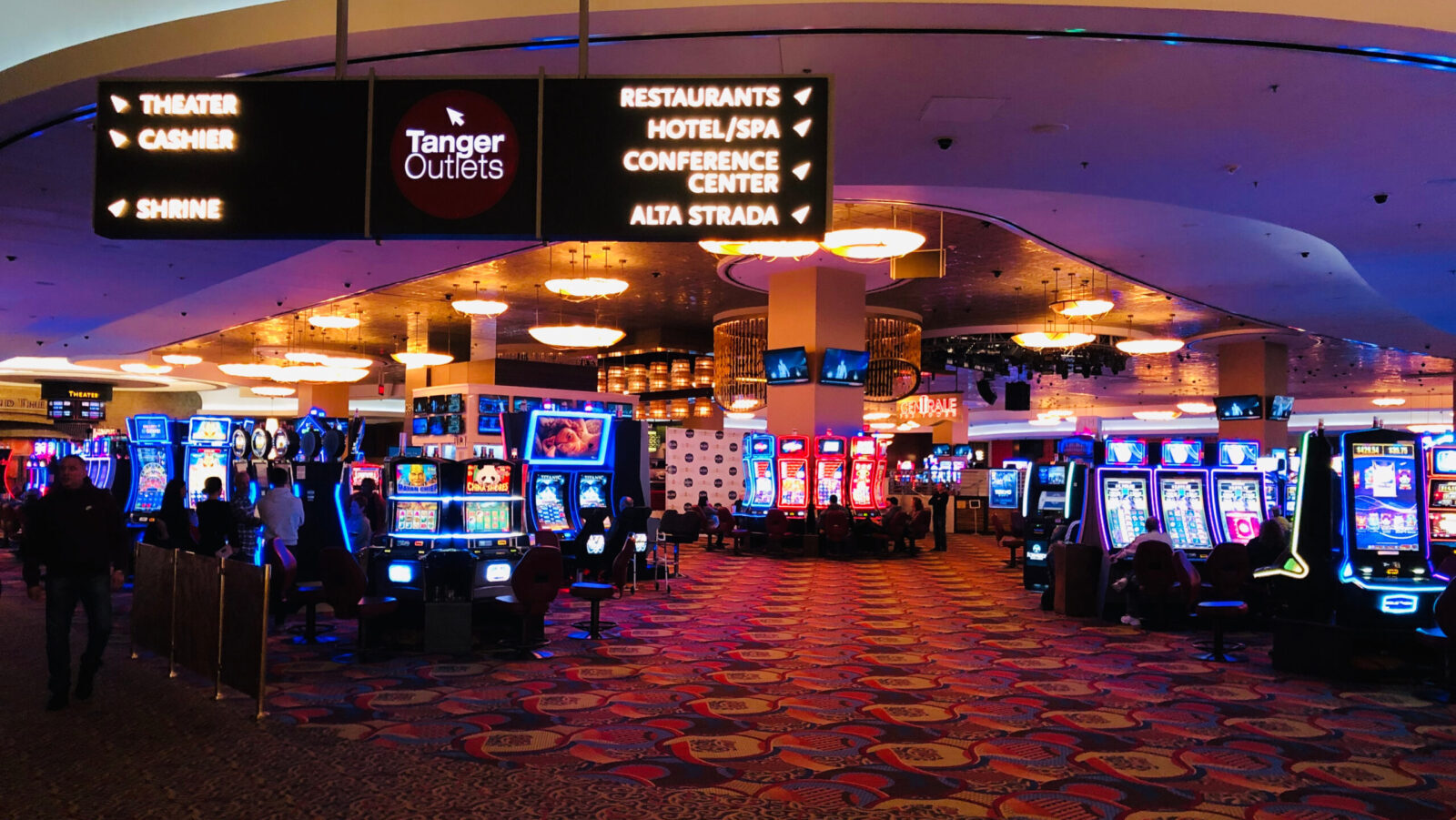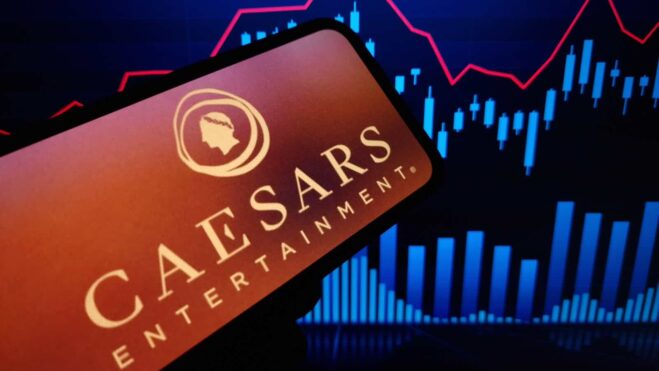Tribal Gaming Reaches New High, Tops Out At $41.9 Billion For FY23
Tribal gaming revenue experienced year-over-year growth of approximately $1 billion, or 2.4%, compared to the historic FY 2022 revenue.
2 min

In a new milestone for Indian gaming, fiscal year 2023 saw gaming revenue soar to $41.9 billion, marking the highest figure in the industry’s history. The National Indian Gaming Commission’s latest report suggests a bright future ahead for tribal gaming.
This achievement reflects a year-over-year growth of approximately $1 billion, or 2.4%, compared to the then-record FY 2022 gross gaming revenue (GGR) of $40.9 billion. All eight regions reported increases in GGR for FY 2023 over FY 2022, indicating widespread growth across the board.
Notably, the combined revenue from 527 gaming operations managed by 245 tribes across 29 states contribute to the aggregated GGR figure. These operations, ranging from Class II to Class III gaming activities on tribal lands, are meticulously audited and reported to the NIGC.
When analyzing the FY 2023 GGR by revenue range, around 9% of gaming operations reported GGR exceeding $250 million. This collectively accounted for over half (55%) of the total GGR.
Conversely, 55% of tribal gaming facilities reported GGR below $25 million, contributing roughly 5% to the overall GGR. These proportions have remained relatively stable over the years.
A closer look
The financial performance for FY 2023 across various regions showcases notable growth. For instance, Portland reported a GGR of $4.5 billion, a 1.1% increase from the $4.4 billion recorded in FY 2022.
However, it’s also important to consider the number of operators in each region. This can influence the results, but a region with more operators doesn’t necessarily perform better than one with fewer.
| Region | FY23 | FY22 | $ Change | % Change | # Ops |
| Portland | $4,531,931,711 | $4,483,512,096 | $48,419,615 | 1.1% | 55 |
| Sacramento | $11,965,357,091 | $11,759,106,562 | $206,250,529 | 1.8% | 87 |
| Phoenix | $3,926,245,150 | $3,722,950,358 | $203,294,792 | 5.5% | 51 |
| St. Paul | $5,087,839,643 | $4,950,589,631 | $137,250,012 | 2.8% | 96 |
| Rapid City | $425,875,203 | $406,169,922 | $19,705,281 | 4.9% | 43 |
| Tulsa | $3,560,275,433 | $3,489,234,645 | $71,040,788 | 2.0% | 74 |
| Oklahoma City | $3,216,288,977 | $3,149,318,979 | $66,969,998 | 2.1% | 72 |
| D.C. | $9,191,534,330 | $8,976,860,441 | $214,673,889 | 2.4% | 41 |
| Totals | $41,905,347,538 | $40,937,742,634 | $967,604,904 | 2.4% (Avg) | 519 |
Sacramento experienced a more substantial rise, with GGR climbing 1.8% to $11.9 billion from $11.7 billion in the previous fiscal year. Phoenix also demonstrated significant growth, with its GGR increasing by 5.5% to $3.9 billion, up from $3.7 billion.
St. Paul’s gaming revenue reached $5.1 billion in FY 2023, marking a 2.8% increase from $4.9 billion in FY 2022. Rapid City saw a 4.9% rise, with GGR totaling $425.8 million, up from $406.2 million. Tulsa reported a 2% increase, with GGR growing to $3.5 billion from $3.5 billion.
Oklahoma City’s GGR climbed by 2.1% to $3.2 billion, compared to $3.1 billion in FY 2022. Washington, D.C. (a region spanning casinos on much of the East Coast) recorded a 2.4% increase, with GGR rising to $9.2 billion from just under $9 billion.
Continued growth expected
These increases highlight the robustness of tribal gaming operations across different regions, despite various challenges and market conditions. However, year-over-year GGR changes should not be viewed as direct indicators of local economic conditions.
Several factors can influence regional GGR. These include new gaming operations, expansions, renovations, temporary or permanent closures, regulatory changes, or adjustments to an operation’s fiscal year.
There’s also the possibility for tribal gaming operators to witness even greater revenue growth in the very near future. Discussions surrounding the addition of online tribal sports betting and iCasinos in states like California are ongoing.
In addition to the positive financial outcomes, the ongoing regulatory and legal landscape continues to shape the future of tribal gaming. Each tribe is mandated to submit comprehensive financial statements for their gaming operations within 120 days after the fiscal year ends, according to the NIGC. These statements undergo rigorous review to compile accurate GGR data, ensuring transparency and accountability within the industry.





